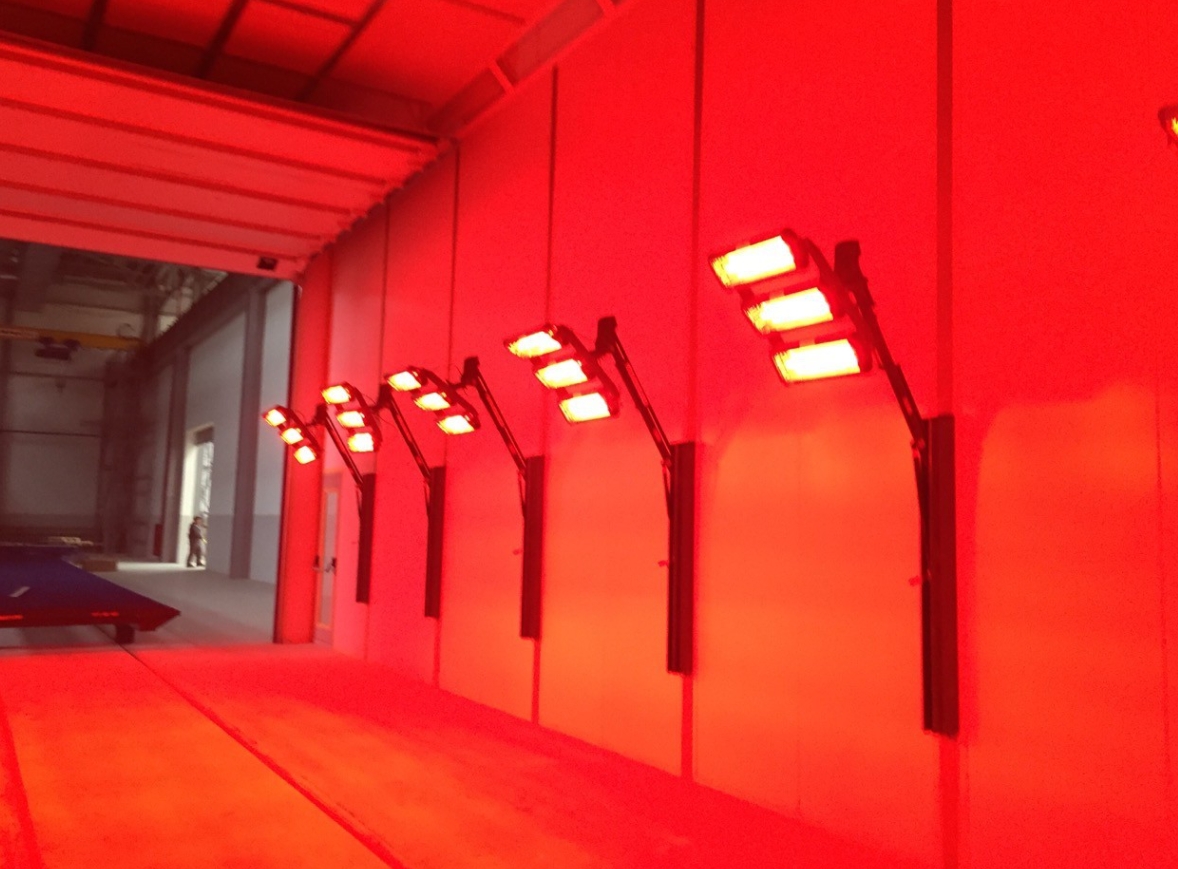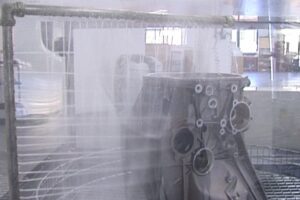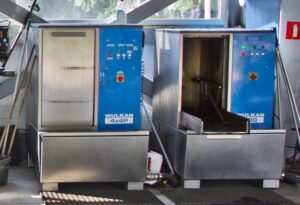
Drying of parts
Neutralization
After processing in concentrated acid solutions, the parts are subjected to neutralization, since rinsing in water in this case is not enough. In this regard, steel parts (made of carbon and corrosion-resistant steel) are treated in a 2 … 7% solution of sodium carbonate at a temperature of 15 … 30 ° C in order to neutralize the acid remaining on the surface, in microdepressions and pores. Parts are subjected to such processing after electrochemical polishing, etching, chemical and electrochemical activation, passivation.
Drying of parts after electroplating
S / shka. After applying galvanic coatings and corresponding rinses, ending with rinsing in hot water, the parts are dried to completely remove moisture from the surface and pores in the coating.
For thick-walled massive parts of a simple configuration, drying is carried out in air at a temperature of 15 … 30 ° C. Thick-walled parts of a complex configuration are dried by blowing with compressed air at 15 … 60 ° C.
Parts processed on hangers are dried in a drying cabinet or drying chamber with air circulation heated to 105 … 115 ° C. Drying time is 3 … 10 minutes. Parts of a complex configuration are preliminarily blown with compressed air.
Small parts processed in bulk are dried in a centrifuge at a temperature of about 70 ° C or special moving sieves, screw devices, conveyors with air circulation heated to 105 … 115 ° C. You can dry parts in a rotating drum with continuous circulation of hot air.
When drying chromated zinc or cadmium coatings and oxide-phosphate coatings over aluminum, the air temperature should not exceed 50 ° C.
With special requirements for parts, drying is carried out by sequential immersion in two containers with ethyl alcohol.

